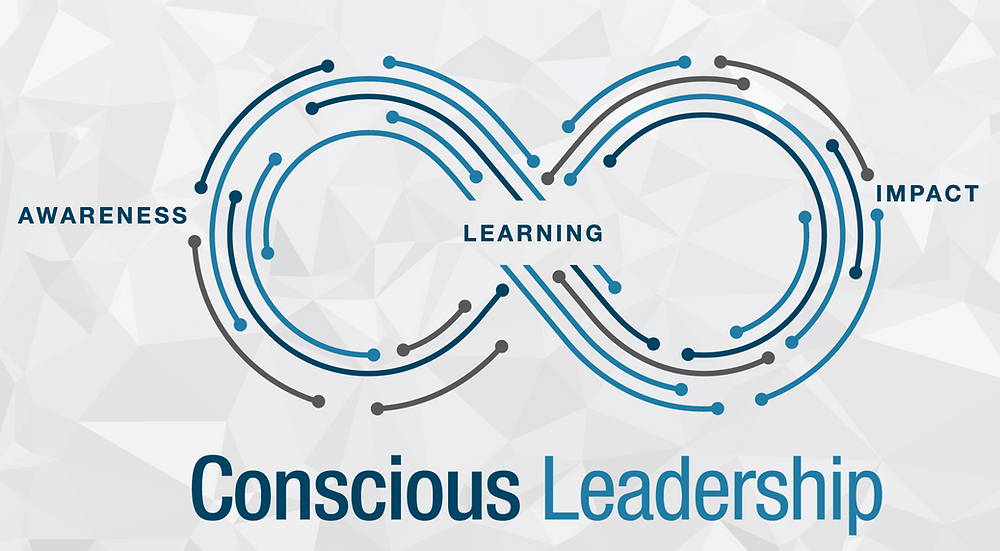When an employee exits, especially one who has been deeply involved in critical projects or holds unique expertise, it can create a knowledge gap that disrupts workflow, delays project delivery, and lowers team productivity. A well-executed knowledge transfer (KT) process is essential to ensure that departing employees pass on their knowledge to remaining team members, safeguarding business continuity.
This article highlights the importance of knowledge transfer during offboarding and provides actionable strategies to facilitate smooth transitions through effective documentation, mentoring, and the use of technology.
The Importance of Knowledge Transfer During Employee Exits
When employees leave, they take with them not only their skills and expertise but also tacit knowledge—things they know but haven’t formally documented. Without an effective KT strategy, organizations risk losing valuable institutional knowledge, leading to issues such as:
- Project Delays: Teams may struggle to complete ongoing projects due to a lack of critical information, which can delay deadlines and client deliverables.
- Lower Productivity: New hires or remaining team members may need time to learn the ropes, reducing their productivity in the short term.
- Dependency on Key Employees: If only one person holds the knowledge required for a role or project, their sudden departure creates a dependency risk, leaving the company vulnerable.
A proactive knowledge transfer process ensures that critical information is shared and retained, empowering remaining team members to continue work seamlessly.
Actionable Strategies for Knowledge Transfer
A comprehensive KT plan should be an integral part of the employee offboarding process. Here are some strategies to ensure effective knowledge transfer before an employee leaves:
1. Structured Documentation
The simplest way to transfer knowledge is through detailed documentation. Documentation captures critical processes, workflows, project details, and key contacts that can be referenced long after the employee departs.
- Create a Knowledge Repository: Set up a centralized digital repository (e.g., a shared drive, internal wiki, or document management system) where employees can upload documents related to projects, processes, and best practices. This should be easily accessible to all team members.
- Guided Documentation Template: Provide a standard template to guide employees on what to document. Include sections such as:
- Key Responsibilities: Outline their day-to-day tasks, recurring deadlines, and any unique responsibilities.
- Project Status: Highlight ongoing projects, key milestones, and potential risks.
- Contacts and Resources: List key stakeholders, both internal and external, who are crucial to the role or project.
- Process Instructions: Document specific workflows or tasks in detail (e.g., step-by-step guides or process maps).
Example: When a senior software developer leaves, they should document code architecture, system integrations, and troubleshooting steps for the applications they’ve worked on. Additionally, they can upload their documentation to a shared platform like Confluence or Google Drive for future reference by the remaining team.
2. Mentoring and Knowledge Transfer Sessions
While documentation is essential, it often fails to capture the nuanced expertise an employee possesses. Mentoring and knowledge transfer sessions provide an opportunity for departing employees to directly train their successors or team members.
- Identify Successors Early: As soon as an employee’s resignation is confirmed, identify the person(s) who will take over their responsibilities. Schedule knowledge transfer sessions where the departing employee can mentor their successor, explain complex tasks, and answer questions.
- Shadowing Opportunities: Before the employee leaves, have their successor or another team member shadow them for a few days or weeks. This allows the successor to observe workflows, ask questions in real time, and gain hands-on experience.
- Q&A Sessions: Arrange regular Q&A sessions where team members can ask the departing employee about any task or process they might struggle with in the future.
Example: In a marketing department, if the lead campaign strategist is leaving, their successor can shadow them for a week to learn how campaigns are planned, how client pitches are structured, and how analytics are tracked. Mentoring will ensure that the successor is well-prepared to take on the strategist’s duties when they exit.
3. Cross-Training and Role Rotation
A proactive approach to knowledge transfer is cross-training employees and introducing role rotation well before an employee decides to leave. This ensures that multiple team members are familiar with various aspects of a job, reducing the risk of knowledge gaps.
- Regular Cross-Training: Hold regular cross-training sessions where employees from different roles and departments can learn about each other’s responsibilities. This way, if someone leaves unexpectedly, there will always be another person who has a good understanding of the role.
- Buddy System: Pair employees with different areas of expertise so they can learn from each other. This is especially useful in technical roles where hands-on experience is key to understanding the work.
Example: In a finance team, one accountant may specialize in tax compliance while another focuses on budgeting. By implementing a buddy system, both employees can learn each other’s skills over time, ensuring that when one leaves, the other can take on the critical tasks temporarily.
Leveraging Technology for Seamless Knowledge Transfer
Technology plays a critical role in facilitating effective knowledge transfer, especially for remote or distributed teams. Several tools can streamline the KT process:
1. Project Management Tools
Project management tools such as Asana, Trello, or Jira allow employees to document project timelines, responsibilities, and progress updates. These tools provide transparency, making it easier for successors to track project status and understand the work completed so far.
- Assign Projects and Tasks: When an employee is about to leave, assign all ongoing projects and tasks to their successor or other team members in the project management tool. Ensure that detailed notes are included for each task to avoid confusion.
2. Shared Knowledge Bases
Digital knowledge bases like Confluence, Notion, or SharePoint provide a centralized platform for storing and sharing knowledge. These tools are searchable, allowing team members to easily find documentation, workflows, or guidelines left behind by departing employees.
- Tagging and Categorization: Encourage employees to tag their documents by categories (e.g., “Finance”, “Marketing”, “Development”) so that others can quickly locate relevant information.
3. Communication and Collaboration Tools
Collaboration tools like Slack, Microsoft Teams, or Google Meet make it easier to facilitate real-time knowledge sharing, especially for remote teams.
- Recorded Video Tutorials: Have the departing employee record short video tutorials explaining specific tasks, processes, or projects. These can be stored in shared drives or knowledge bases for future use.
- Message Archive Access: Ensure that the successor has access to relevant Slack or email archives. This allows them to revisit past conversations with clients or team members to gather context.
Example: If a product manager is leaving a tech company, they can use Jira to reassign all their product tasks to the new product manager, adding comments and documentation to provide context. Meanwhile, they can record a few video tutorials using Google Meet to explain the product roadmap, which will be stored in Confluence.
Conclusion
Knowledge transfer is an essential element of the offboarding process that can make the difference between a smooth transition and a disruptive one. By using a combination of structured documentation, mentoring, and leveraging technology, organizations can ensure that critical knowledge stays within the company, even after an employee exits.
Incorporating these strategies into the employee offboarding process not only reduces the risk of lost expertise but also empowers successors to take on new roles with confidence and clarity. A well-planned knowledge transfer ensures that the business remains resilient and that transitions are as seamless as possible.











